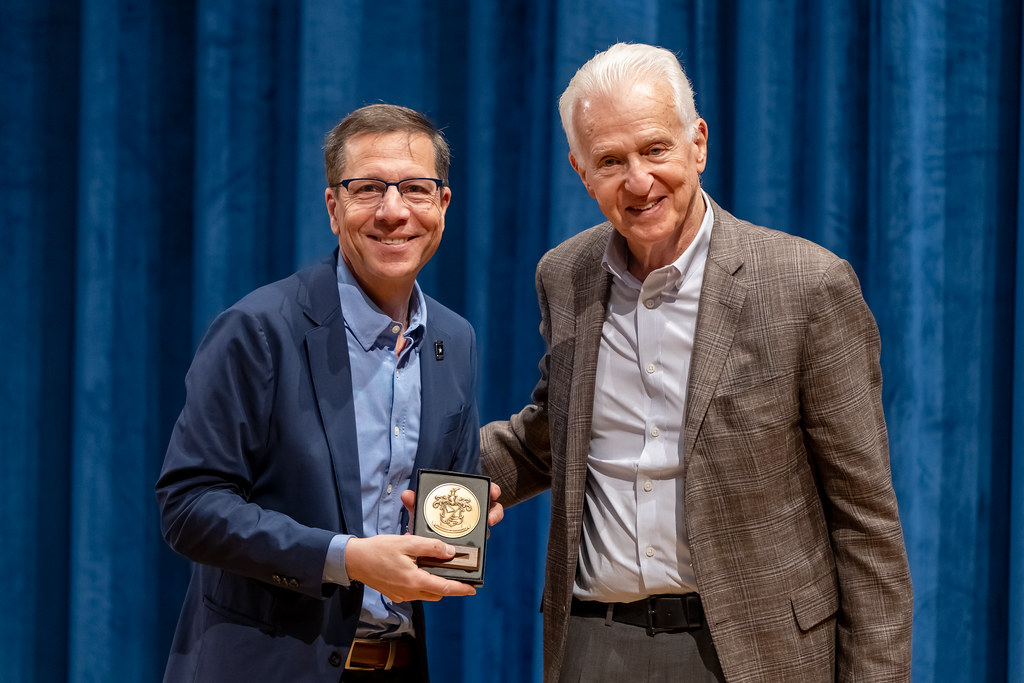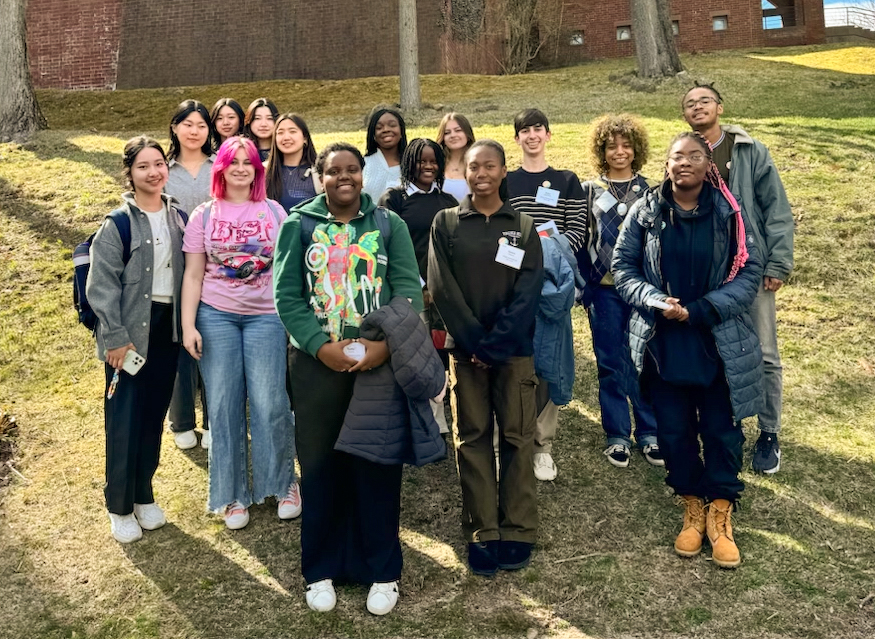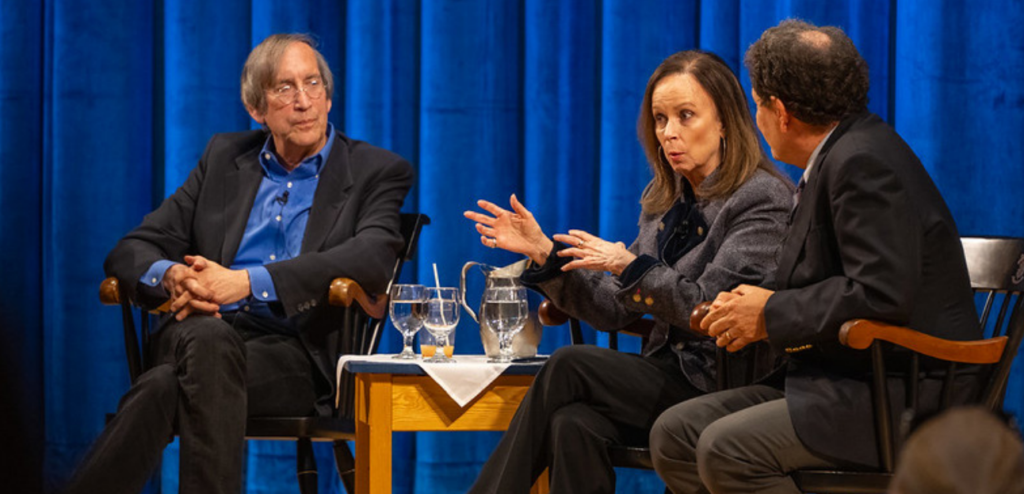For the past several weeks, after hearing repeated student and faculty complaints about slow Wi-Fi upload and download speeds, Information Technology Services (ITS) has been diligently working to resolve the issues.
Mr. Andrew Speyer, the director of ITS, explained that the problem with the Wi-Fi was the result of multiple smaller issues. “My analogy is that it’s very much similar to a river of polluted water flowing down a stream. We’ve reached the tipping point,” he said.
This year, academic buildings switched to a different wireless vendor. This transition has been rocky; the access points, which are devices that allow wireless devices to connect to a network, need to be fixed frequently, causing lags in streaming times. Moreover, the school’s switch to Microsoft Office 365 has created congestion. Office 365 operates on cloud storage, which means that data is distributed among multiple servers in various locations. Now, every student must access Office 365 to get to his or her e-mail, so at any one time, hundreds of devices are connecting to a server.
However, according to Mr. Speyer, the campus’s biggest problem concerns bandwidth, which measures information capacity. “We are saturated with our bandwidth. We need more bandwidth, which would be easy to get. However, our current firewall, which is the device that all the traffic goes in and out of, is maxed out.”
A firewall is a security system that regulates the amount of data that flows into a network. When a firewall reaches maximum capacity, it cannot transfer more data. If there are a lot of people using the Internet, they will experience a slower connection. By increasing the bandwidth, ITS can increase the amount of data that can be brought to computers, and consequently, speed up the Internet connection.
ITS hopes to speed up the Internet connection by installing a new firewall. Mr. Speyer said, “We hope to have the new firewall in by after Thanksgiving, and that should solve an enormous amount of problems, since we’ll double our bandwidth.”
The process of replacing the current firewall is laborious. Moreover, upgrading the firewall will not solve a more fundamental issue–managing the sheer amount of data that students use daily. Streaming videos, making Skype calls, and playing video games all tend to increase data demands, and Choate’s wireless system cannot currently keep up with these demands.
Part of why the Wi-Fi system is struggling at the moment is that Choate is currently transitioning between wireless networks. Last year, during the construction of the Lanphier Center, ITS decided to transition to a new network with faster access points. The switch began over the summer. Now, as a result, there are two Wi-Fi networks on campus: the old ‘CRH’ network and the new ‘Choate’ network. Dorms use the CRH network, but the Lanphier Center and a few other academic buildings use the Choate network.
Mr. Speyer explained that the complete switch to the Choate network is a gradual process. He said, “It’s going to take a couple of years. We started with five academic buildings this summer; we’re going to have the library and other buildings next year.” In the meantime, he explained, “There are more people on the CRH network, so it’s obviously slower.” Once ITS fixes the access points, wireless devices will connect to the Wi-Fi network faster, and the Choate network will better accommodate students’ Internet needs.
Choate has also experienced technological difficulties with the firewall and the school website. Last week, the website Amazon was blocked for students using the school wireless internet. Mr. Speyer explained, “I think Amazon got incorrectly flagged as spam. When sites see us spamming them, they block us.” A similar situation occurred with Google. “Usually it’s because somebody’s computer has a virus, and it goes out of our network and gets tagged as a Choate account,” said Mr. Speyer.
Also, on Monday, October 12, the Choate website crashed for several hours because the company that hosts the Choate website had a malfunctioning disk drive. The company was supposed to have a system in place so that if one system goes down, another goes up. Though the company quickly fixed the problem, the reason that the second system did not go up is uncertain. Mr. Speyer noted that crashes like this one happen at most once a year.
Mr. Speyer concluded, “I’m very appreciative of the students and the community being patient with us. I understand that it the Wi-Fi is choppy, especially when using Netflix and Skype. I understand the importance of that kind of stuff, and we’re working hard to fix it.”





